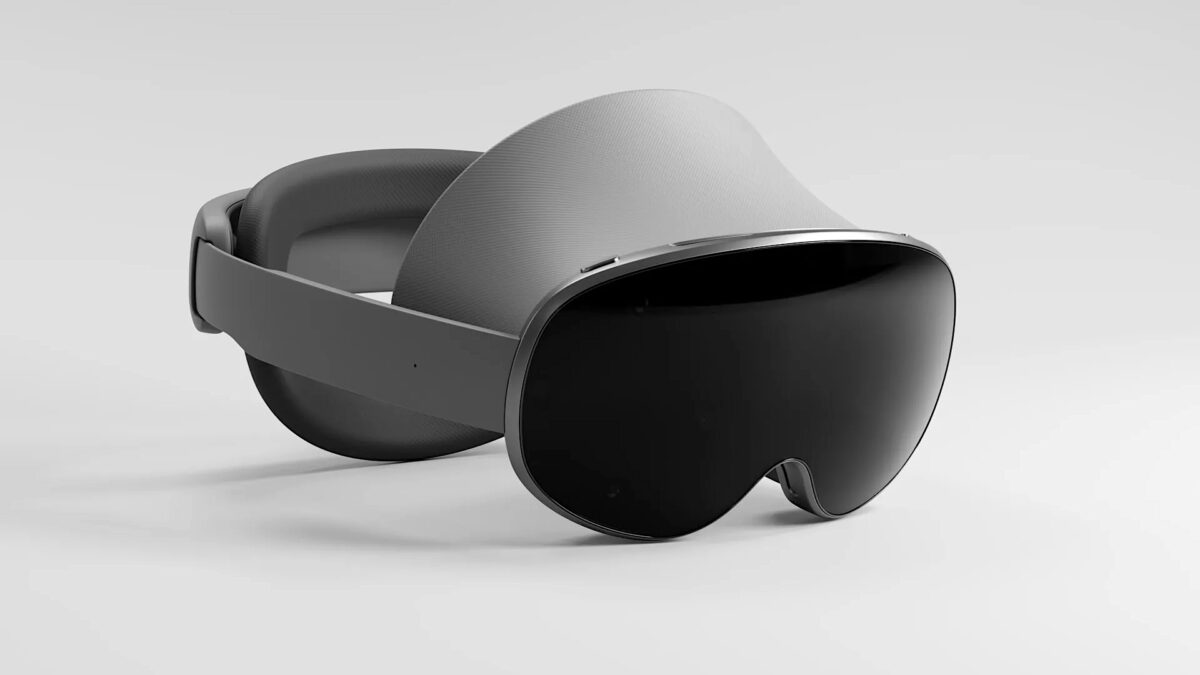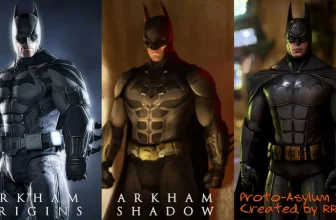
Android XR’s success hinges on backing from VR and AR developers. Initial feedback is encouraging.
The XR operating system was previewed yesterday, alongside the inaugural headset utilizing it: Samsung’s Project Moohan.
The initial titles and applications from independent developers have already been revealed for the device. The ease or difficulty of transferring Quest titles to the new platform will significantly impact its uptake. Here’s what developers are saying regarding Android XR.
Tommy Palm, CEO of Resolution Games (Demeo, Spatial Ops, Home Sports), states:
“As we aim to adapt existing titles like Demeo for Android XR, this platform inspires us to explore entirely new concepts. The open architecture of Android XR, along with its developer-friendly initiatives and distinctive innovations, not only makes it feasible but also encourages us to conceive novel ways to harness mixed reality in storytelling. For example, the integration of natural language processing with ChatBots could serve as a powerful enhancement for XR and gaming. Additionally, the support for Unity streamlines the process for developers like us to extend our offerings to a broader range of headsets and increase the XR user base.”
“Porting efforts are minimal”
Daniel Pohl, creator of the photo gallery app immerGallery, praises “the excellent features of Android XR”.
“Numerous VR applications are built with Unity. Android XR provides a plugin for OpenXR geared towards Unity. However, this applies only from Unity 6 onwards, leaving out the previous version Unity 2022.3 LTS. Therefore, developers must transition their projects to Unity 6 to enable Android XR support.”
Generally, the effort required should be modest. […] For immerGallery, I estimate around 1-5 days of work to ensure compatibility with Unity 6, including the necessary testing to confirm that functionalities operate as intended.
[…]
As far as I know, all existing Android-specific arm64-v8a libraries should function within Android XR. This simplifies the transition from Meta Horizon OS (Android-based) or PICO OS (Android-based). However, many applications may require slight adjustments to run smoothly, especially if they utilize Meta-specific API calls. Yet, this is quite standard and anticipated.
Android XR’s OpenXR interaction profiles encompass hand tracking, gaze tracking, controller use, and mouse input. It is crucial that 6-DoF controllers are included. Android XR explicitly incorporates the Oculus Touch Controller Profile, which encompasses nearly standard stick and button layouts. It’s essential for developers that the controllers accompany the headset from the outset rather than being an optional extra, ensuring reliance on this input method.”
“Increased options for consumers”
Virtual Desktop developer Guy Godin mentioned to UploadVR:
“Transferring apps and games to Android XR is quite straightforward. It accommodates most of the same OpenXR extensions that Quest/Pico currently support. My native OpenXR application ported over in just a few hours, and the fundamentals worked immediately. Personally, I find it revitalizing to engage with a platform that aims to cooperate with developers rather than obstruct and imitate us. I’m thankful for the upcoming increased options for consumers and eager to introduce the best PC streaming solution to Android XR.”
“Simplified porting thanks to OpenXR standards”
The Google-owned Owlchemy Labs, contributing three games for Android XR, states in its blog:
“Creating for Android XR has provided us with a streamlined method for developing immersive experiences, compatible with a diverse array of XR devices. The platform’s integration with Unity allows most functions to be accessed directly from Unity APIs, negating the need for external library incorporation, which has simplified the porting process and ensured our existing Unity-based games can be effortlessly adjusted to the XR framework.
Utilizing the most recent OpenXR standard, Android XR facilitates easier incorporation of features like Device, Hand, Eye, and Face Tracking, as well as AR plane recognition and anchors, enabling developers to transition their applications while maintaining the expected high levels of functionality and user experience. Through collaboration with Unity to provide a Unity package, developers can port and create new experiences using familiar standards.”
Interested in VR and AR? Please share your experiences.







